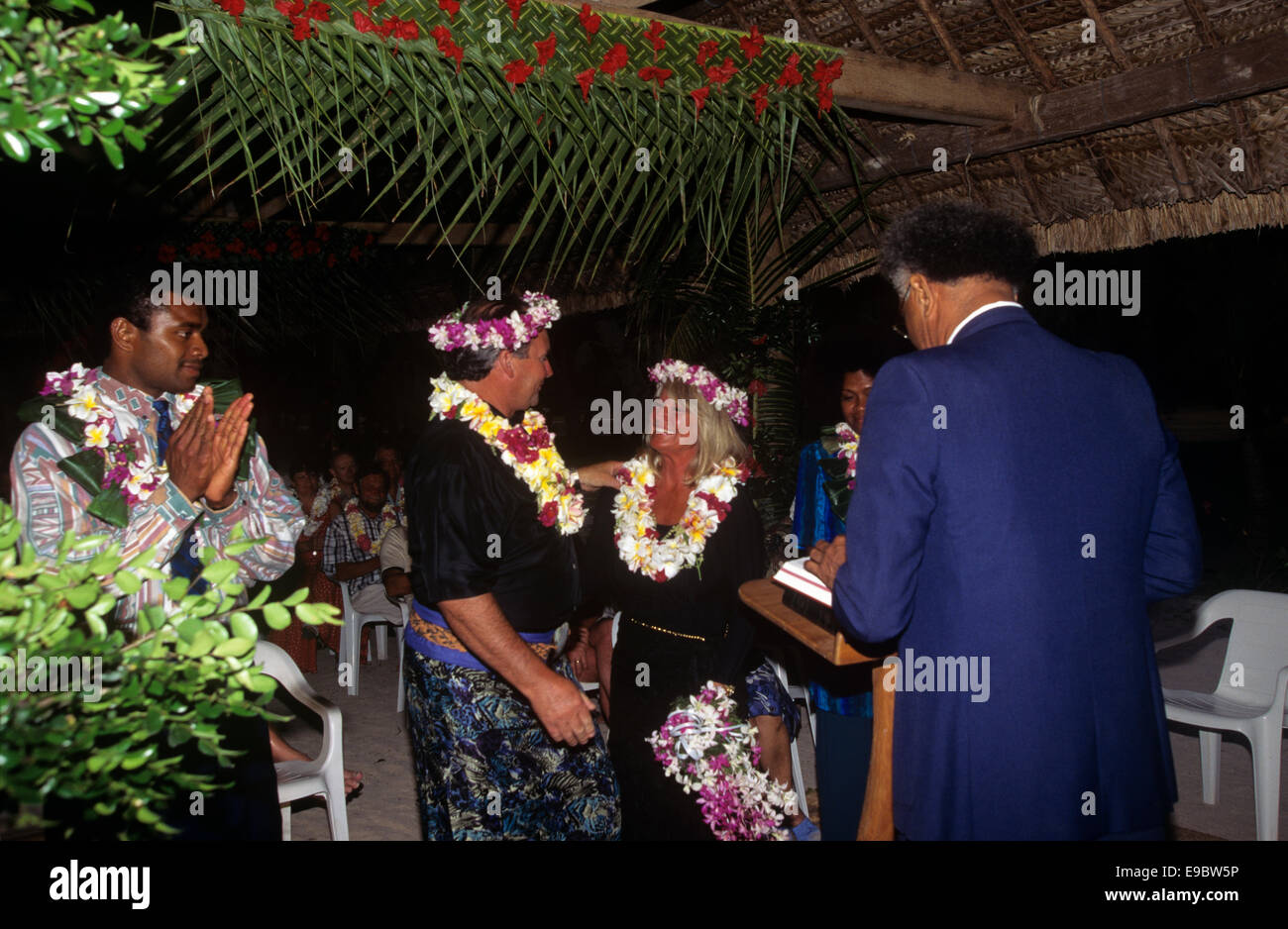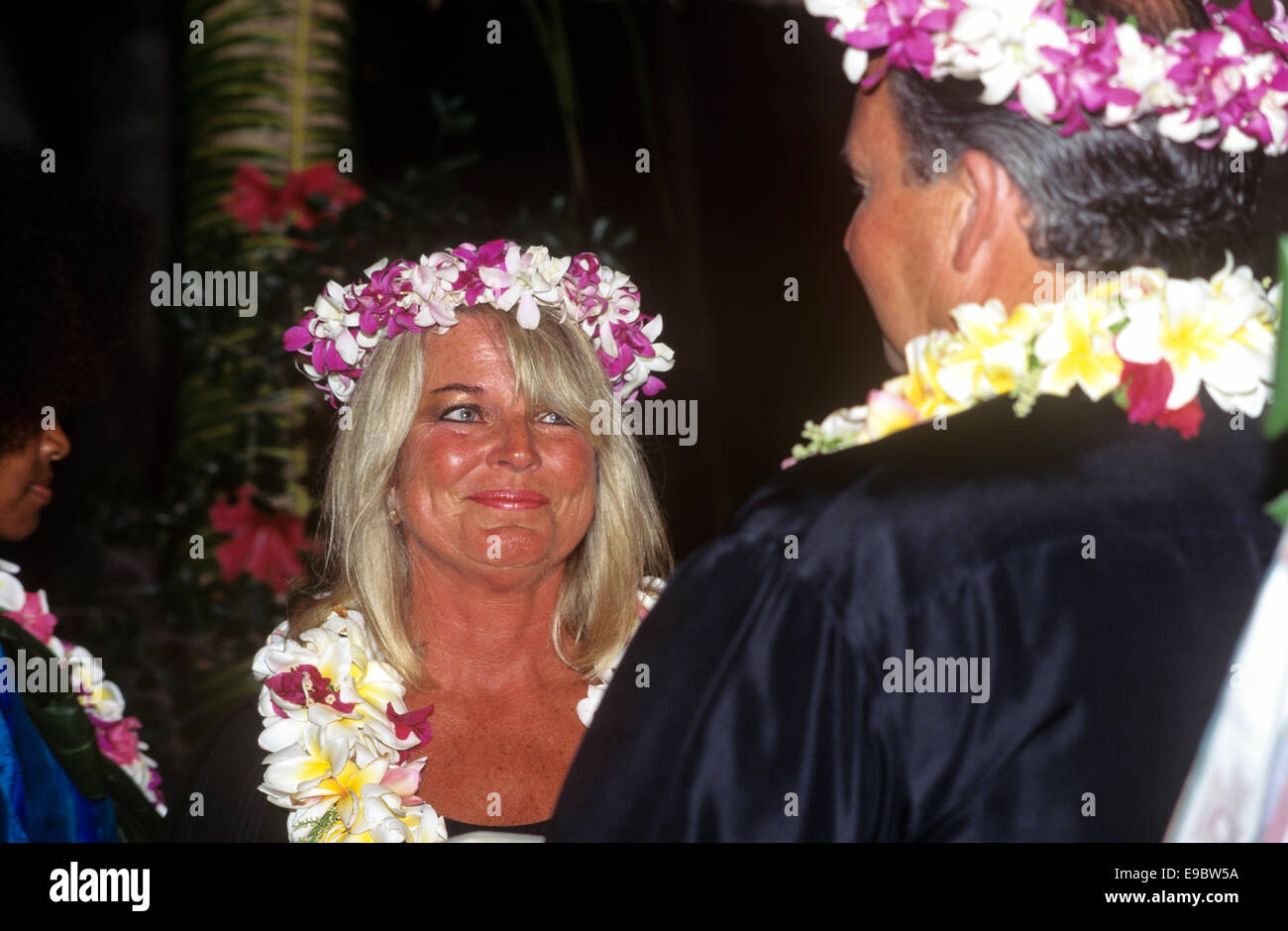
The Enduring Heartbeat: Traditional Ceremonies of Turtle Island
Across the vast and diverse expanse known to its Indigenous peoples as Turtle Island – North America – a profound spiritual landscape thrives, sustained by traditional ceremonies that are far more than mere rituals. These practices are the living arteries of culture, identity, and an ancient, unbreakable bond with the land and the cosmos. They are acts of profound gratitude, petitions for healing, celebrations of life’s passages, and sacred contracts between humanity and the spiritual world. To understand them is to touch the very heartbeat of Indigenous nationhood, resilience, and wisdom.
From the sun-drenched plains to the dense Pacific rainforests, from the icy Arctic tundra to the humid Southeastern swamps, Turtle Island is home to hundreds of distinct Indigenous nations, each with its unique languages, governance, and ceremonial traditions. While specific practices vary widely, common threads weave through them all: a deep reverence for creation, a commitment to community well-being, the importance of reciprocity, and an unwavering belief in the interconnectedness of all life.
These ceremonies are not relics of a bygone era; they are vibrant, dynamic practices that have survived centuries of colonial suppression and continue to evolve. They serve as critical anchors for Indigenous communities, providing pathways for healing from historical trauma, revitalizing languages, strengthening intergenerational bonds, and affirming sovereign identities in a world that often seeks to erase them.
The Sacred Breath: Purification and Prayer
Central to many Indigenous traditions across Turtle Island are ceremonies of purification and prayer, designed to cleanse the spirit, mind, and body, and to establish a clear connection with the Creator and the spirit world.

Perhaps one of the most widely recognized is the Sweat Lodge ceremony, known by various names such as Inipi by the Lakota. This ancient practice involves entering a dome-shaped lodge, often covered with blankets or canvas, where heated stones are placed in a central pit. Water is poured over the stones, creating steam that purifies participants both physically and spiritually. Guided by a lodge keeper or elder, participants engage in prayer, song, and reflection, often emerging with a profound sense of renewal and clarity. It is seen by many as a return to the womb of Mother Earth, a place of rebirth and healing.
Smudging is another ubiquitous practice, performed daily in many homes and to open gatherings and ceremonies. Sacred herbs like sage, cedar, sweetgrass, and tobacco are burned, and the smoke is fanned over individuals or spaces to cleanse, purify, and bless. Each herb carries specific significance: sage for cleansing negative energies, cedar for protection, sweetgrass for attracting positive energies and good spirits, and tobacco as a primary offering for prayer and gratitude. The act of smudging is an intentional moment of clearing, preparing oneself and the space for focused thought, prayer, or positive interaction.
The Sacred Pipe ceremony is a profound and deeply revered tradition among many Plains nations and beyond. The pipe, often adorned with feathers and carved from sacred stone, is considered a living entity, a direct conduit to the Creator. When a pipe is lit and shared, it represents a sacred covenant, a commitment to truth, peace, and good relations. Prayers offered through the pipe are carried by the smoke directly to the spirit world. Sitting in a pipe ceremony is a powerful experience, often preceding significant decisions, peace treaties, or important communal discussions, underscoring the gravity and sincerity of the intentions shared.
Communal Anchors: Celebration, Governance, and Renewal
Beyond individual purification, many ceremonies serve as vital communal anchors, celebrating life, reinforcing social structures, and ensuring the spiritual well-being of the entire community.
The Powwow is perhaps the most visible and accessible of these celebrations, evolving from traditional gatherings of Plains nations into intertribal events held across North America. Powwows are vibrant celebrations of Indigenous culture, featuring drumming, singing, and elaborate traditional dances performed by participants in stunning regalia. While they are social gatherings open to the public, Powwows also hold deep spiritual significance, fostering community pride, preserving cultural heritage, and providing a space for healing and connection. The drum, often called the "heartbeat of the nation," is central to these gatherings, its rhythm resonating with the pulse of Mother Earth.
On the Northwest Coast, the Potlatch is a complex and highly significant ceremonial feast and redistribution of wealth. Historically banned by both Canadian and U.S. governments in a devastating attempt to suppress Indigenous culture, the Potlatch is a cornerstone of governance, law, and social structure for nations like the Kwakwakaʼwakw, Haida, and Tlingit. During a Potlatch, hosts demonstrate their status and generosity by giving away vast quantities of goods, food, and gifts, often to mark significant life events such as births, marriages, or the raising of a totem pole. The ceremony reaffirms social hierarchies, validates titles and hereditary rights, and ensures the continuous flow of wealth and resources within the community. Its resurgence in recent decades is a powerful testament to the resilience of Northwest Coast cultures.
The Sun Dance (Wiwáŋyaŋg Wačhí in Lakota, and known by various names among other Plains nations like the Blackfoot, Cheyenne, and Crow) is one of the most profound and sacred ceremonies, often lasting several days. It is a sacrifice for the benefit of the community, a prayer for renewal, and a demonstration of commitment to the well-being of all living things. Participants often fast, dance for extended periods without rest, and engage in sacred piercing as an offering to the Creator. Historically suppressed and often misunderstood by outsiders, the Sun Dance is a powerful spiritual journey that reconnects individuals and communities to ancient teachings, the land, and the great mystery of life.
Life’s Passages and Earth’s Rhythms

Indigenous ceremonies also mark the crucial passages of human life and the cyclical rhythms of the natural world, reinforcing the understanding that human existence is deeply intertwined with the cosmos.
Vision Quests (such as Hanbléčeya in Lakota) are solitary journeys, often undertaken by young people transitioning into adulthood, though not exclusively. Individuals seek guidance, spiritual insight, and a deeper understanding of their purpose by spending days alone in nature, fasting and praying. Guided by elders, these quests are transformative experiences, connecting individuals directly to the land and the spirit world, often resulting in the receipt of a sacred song, a new name, or a personal totem.
Naming ceremonies are significant events in many nations, where an individual receives a sacred name, often chosen by an elder or spiritual leader, that reflects their spirit, their gifts, or a significant life event. These names are not mere labels but carry spiritual power and connection to an individual’s identity and responsibilities within the community.
Seasonal ceremonies, like harvest festivals or first food ceremonies, abound across Turtle Island. For the Haudenosaunee (Iroquois) nations, a cycle of thanksgiving ceremonies honors various aspects of creation throughout the year – from the Maple Sap Thanksgiving to the Strawberry Thanksgiving, the Green Corn Ceremony, and the Midwinter Ceremony. These events express profound gratitude for the bounty of the earth and reinforce the spiritual contract of reciprocity: taking only what is needed and giving thanks in return. The Anishinaabe (Ojibwe) and many other nations similarly hold ceremonies for wild rice harvesting, maple sugaring, and other seasonal activities that tie their spiritual life directly to the land’s generosity.
The Enduring Spirit: Resilience and Revitalization
For centuries, Indigenous ceremonial life on Turtle Island faced relentless assault. Colonial policies, including the notorious residential and boarding school systems, actively sought to eradicate Indigenous languages, spiritual practices, and cultural identity. Ceremonies like the Potlatch and the Sun Dance were outlawed, and practitioners faced imprisonment and persecution.
Yet, despite this deliberate, systematic assault, the spirit of these traditions endured. Many ceremonies went underground, practiced in secret, passed down through whispers and quiet defiance. Elders and knowledge keepers risked everything to keep the sacred fires burning.
Today, there is a powerful and widespread revitalization of traditional ceremonies across Turtle Island. Communities are reclaiming their languages, repatriating sacred items, and openly practicing and teaching their ancestral ways. Youth are increasingly engaged, recognizing these traditions as vital to their identity, well-being, and future. This resurgence is not merely a nostalgic return to the past; it is a dynamic process of decolonization, healing, and self-determination.
However, challenges remain. Cultural appropriation, where non-Indigenous individuals adopt or monetize sacred practices without understanding or respect, is a persistent issue. The need for respectful engagement, recognizing the sacredness and proprietary nature of these traditions, is paramount.
The traditional ceremonies of Turtle Island are more than just cultural expressions; they are sophisticated systems of knowledge, governance, and spiritual connection that have sustained Indigenous peoples for millennia. They embody a profound philosophy of living in harmony with the earth, acknowledging the sacredness of all life, and upholding the responsibilities inherent in being human. As the world grapples with environmental crises and social fragmentation, the ancient wisdom embedded in these enduring ceremonies offers invaluable lessons in interconnectedness, gratitude, and the enduring power of the human spirit. They are not relics of the past, but living, breathing testaments to a profound way of life that continues to inspire, heal, and guide.


